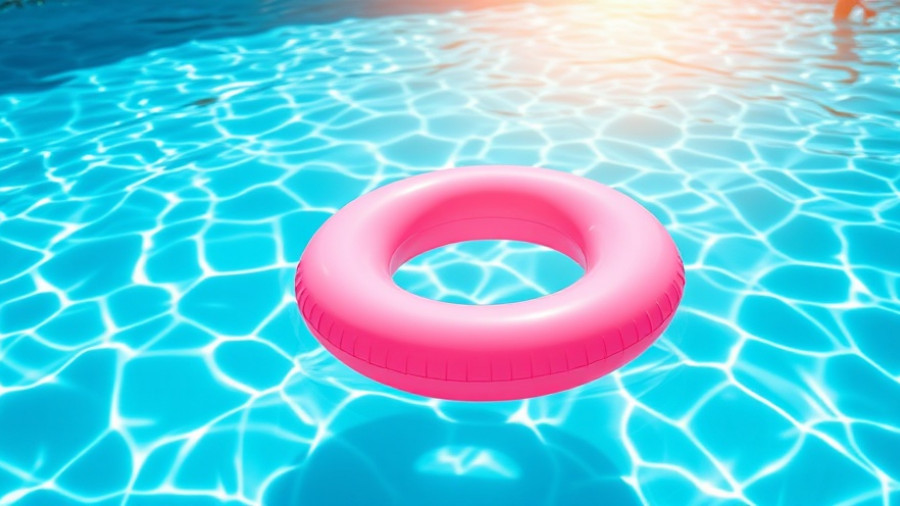
Winterizing Your Above-Ground Pool: A Comprehensive Guide
As the temperatures drop and the leaves change color, homeowners with above-ground pools face an essential task: winterization. For pool owners, preparing your backyard oasis for winter is vital to prevent costly repairs and ensure a smooth reopening in the spring. This guide will explore the necessary steps to winterize your above-ground pool effectively.
Why You Must Winterize Your Pool
Winterizing an above-ground pool isn’t merely about aesthetics; it's a crucial process. If neglected, your pool could suffer from algae blooms, damaged liners, and cracked equipment due to freezing temperatures. By winterizing your pool, you not only maintain clean and balanced water, but you also save yourself time and money come springtime. Experts like Bob Schwein from Drewnowski Pools emphasize that a properly balanced pool is much easier to reopen, avoiding potential headaches down the line.
Essential Steps to Winterize Your Above-Ground Pool
To winterize your pool successfully, follow these practical steps:
- Balance the Water: Before closing the pool, check the alkalinity, pH, and calcium hardness. Keeping these levels balanced is essential for preventing stains and algae over winter.
- Clean the Pool: Use a brush and vacuum to scrub the walls and remove debris from the bottom. A clean pool is less likely to foster algae growth during the colder months.
- Add Winterizing Chemicals: Apply shock treatments, algaecides, and other necessary chemicals according to the advice of professionals. These will help keep the water clear and prevent damage from freezing.
- Prepare the Equipment: Disconnect and drain pumps, filters, and hoses to prevent any trapped water from freezing. Store these components indoors where they are protected from the cold.
- Lower Water Levels: Water levels should be reduced to just below the skimmer to prevent ice damage, though some homeowners opt to keep the water at normal levels. If choosing to lower it, know that you'll have to periodically pump off water accumulating on the cover throughout the winter.
- Secure the Cover: Place an air pillow in the center of the pool and cover it securely. The air pillow can absorb ice pressure, reducing the risk of damage to the pool structure.
Potential Consequences of Improper Winterization
What happens if you skip or do a poor job of winterizing your pool? The consequences can be severe. Improperly winterized pools may winterize too much water, leading to ice damage, while others may face toxic algae blooms that thrive in warm temperatures. In some cases, homeowners may even face having to replace their pool liners entirely. This is why adhering to best practices during winterization is essential for protecting your investment.
Stay Ahead for the Spring Opening
By winterizing your above-ground pool now, you are setting yourself up for a hassle-free spring. Taking these proactive steps means you'll be able to enjoy the warmer weather that much sooner next year. As you close your pool for the season, remember that careful preparation pays dividends in ease and enjoyment when it's time to swim again.
 Add Row
Add Row  Add
Add 




Write A Comment